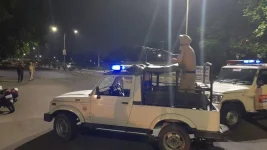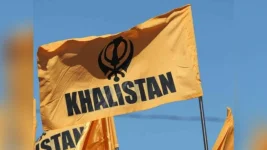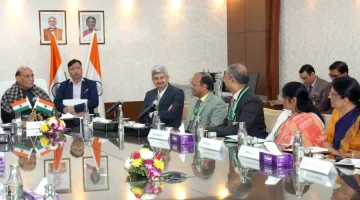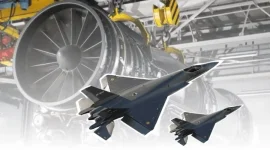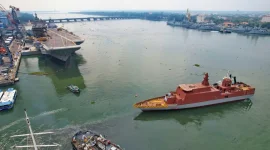- Views: 882
- Replies: 6

Hindustan Aeronautics Limited (HAL)'s Advanced Light Helicopter (ALH) Dhruv, a cornerstone of India's indigenous helicopter program, has encountered a series of operational setbacks and accidents, raising concerns about HAL's upcoming Indian Multi-Role Helicopter (IMRH) project.
The ALH-Dhruv, in service with the Indian military since 2002, has been deployed in various roles, including troop transport and search and rescue. However, the helicopter has faced scrutiny due to multiple accidents, some fatal, attributed to issues such as metallurgical flaws in critical components and design and maintenance challenges. These incidents have led to temporary groundings of the fleet, prompting safety reviews and modifications.
The IMRH project, envisioned as a 13-ton medium-lift helicopter to replace the aging Mi-17 fleets, aims to fulfill domestic demand and capture international market share. However, the ALH-Dhruv's troubled history has cast a shadow over the IMRH's prospects.
Concerns include skepticism among military users regarding HAL's ability to deliver a reliable high-performance helicopter, potentially impacting the IMRH's acceptance. The ALH-Dhruv's problems also highlight potential challenges in design, material selection, and technological integration for the larger and more complex IMRH, potentially leading to delays or design revisions.
Furthermore, the ALH-Dhruv's development was marked by delays and cost overruns due to extensive testing and modifications. This history may lead to increased caution among stakeholders, potentially slowing down funding and project milestones for the IMRH.
Internationally, the ALH-Dhruv's issues have affected HAL's reputation, potentially limiting the IMRH's export potential, a key aspect of HAL's strategy. Despite these challenges, HAL has taken steps to address the ALH-Dhruv's problems, including replacing aluminium control rods with steel ones to improve safety. For the IMRH, HAL is collaborating with global partners like Safran for engine technology and emphasizing rigorous testing protocols.
The IMRH's success hinges not only on technological innovation but also on HAL's ability to restore confidence in its manufacturing and quality assurance processes. Rebuilding trust among military and international buyers will be crucial for the IMRH to overcome the legacy of its predecessor.

